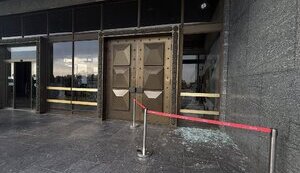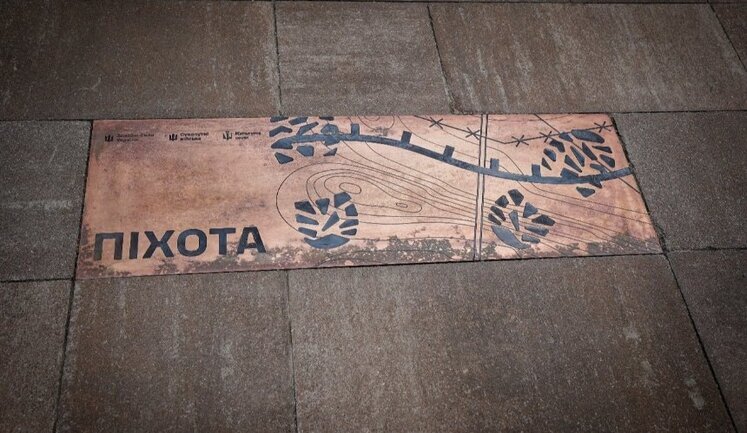Recent news highlights significant changes in monument landscapes across Ukraine and Russia. The unveiling of the "Infantry" memorial near the Arch of Freedom in Kyiv marks a tribute to Ukraine’s defenders. In contrast, plans to erect monuments in Melitopol glorifying propagandists reveal the differing approaches to historical memory in regions under Russian occupation. Demolitions of Soviet-era monuments, like the Lenin statue in Sudzha, reflect Ukraine's effort to distance itself from its Soviet past, while some residents resist these changes, advocating for preserving historical artifacts. Additionally, cultural heritage suffers amid conflict, with over 550 objects damaged. The dynamics of monument politics continue to mirror ongoing geopolitical tensions in Eastern Europe.
What is the significance of the new "Infantry" memorial in Kyiv?
The "Infantry" memorial near the Arch of Freedom of the Ukrainian People in Kyiv serves as the first part of the planned Alley of Ukraine’s Defenders. It symbolizes the resilience and bravery of Ukrainian soldiers amid ongoing conflicts. This tribute comes at a time when national pride and remembrance of sacrifices made by Ukraine's military personnel bolster public morale and foster unity against foreign aggression.
How are monuments becoming a focal point in Ukraine-Russia tensions?
Monuments have become symbols in the ongoing Ukraine-Russia tensions, acting as markers of historical narratives and national identity. Ukraine is actively dismantling Soviet-era statues to erase remnants of past oppression and assert its national sovereignty, whereas Russian-occupied areas erect monuments that promote Russian propaganda. These actions reflect broader geopolitical strategies and cultural resistance.
Why are Soviet monuments being demolished in Ukraine?
The demolition of Soviet monuments in Ukraine is part of a broader decommunization effort aimed at removing symbols of past oppression and reflecting a national shift towards European integration and independence. This process underscores Ukraine's desire to distance itself from the influence of its Soviet legacy and cultural imperialism, reaffirming its sovereignty and modern identity.
What impact do these monument changes have on Ukrainian society?
Changes to monuments significantly impact Ukrainian society by reshaping public spaces and cultural memory. These alterations provoke discussions on historical accountability, identity politics, and cultural heritage, often highlighting societal divisions. Nonetheless, they also provide opportunities for healing, enhancing national pride, and educating future generations on the country's complex past and its journey towards self-determination.
How are monument changes affecting cultural heritage security in Ukraine?
The ongoing conflicts and monument changes in Ukraine pose significant threats to cultural heritage security, leading to the damage or destruction of historically valuable sites. With more than 550 cultural heritage objects reportedly destroyed or damaged, safeguarding efforts are crucial. The government and cultural organizations are tasked with preserving Ukraine's rich history while contending with wartime cultural losses.

































































